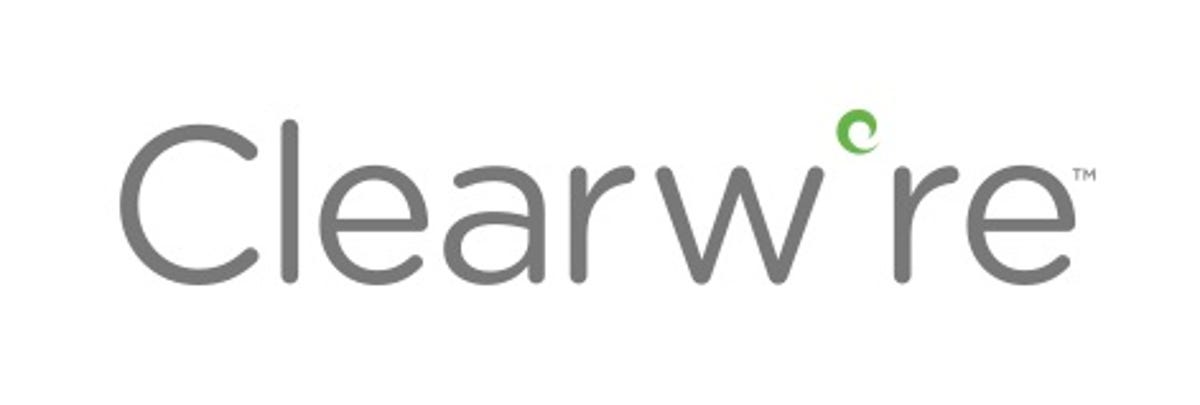Despite raking in more revenue than expected, Clearwire’s losses mounted in the second quarter as the company looked to add more customers, it said today. The company also announced a shift in technology direction, stating it will deploy a 4G flavor technology called LTE.

Clearwire posted a quarterly net loss of $168.7 million, compared with a loss of $125.9 million during the same quarter a year ago. The company’s revenue jumped to $322.6 million, compared with $117 million in the same period last year.
The company, which is majority-owned by Sprint Nextel, added a total of 1.5 million new customers in the quarter. Sprint is also Clearwire’s biggest customer.
The company has been building its 4G network using a technology called WiMax. And today it said it would begin building out its network using LTE, a technology that is used by most of the world’s largest carriers, such as Verizon Wireless and AT&T.
Clearwire will be building out the LTE network in some existing Clearwire markets. Initially, the company will be targeting densely populated urban areas where it already has deployed WiMax. The company says that the LTE network will deliver cost savings and allow it to serve more wholesale carrier customers.
The version of LTE technology that Clearwire plans to add is called “LTE Advanced-ready,” and the company claims it is capable of delivering network speeds in excess of 120Mbps. The company says that the LTE technology will complement its existing network technology. Executives also said that upgrading the network to LTE would be relatively inexpensive since it will only require a few technical changes. Clearwire is looking to raise an additional $600 million in funding to continue building and operating its network and to help make the conversion to LTE.
While the company didn’t provide a specific target for the rollout, Chief Operating Officer Erik Prusch told CNET he expects Clearwire to launch its first market within 12 months of obtaining funding.
Some of Clearwire’s hefty losses in the second quarter were a result of about $235 million in write-downs that resulted from not completing portions of the network. The company said that some network development projects “were abandoned in the quarter as a result of management’s decision to modify the company’s future network deployment plans, including the company’s intent to implement LTE in high-usage areas of its existing network.”
There are no plans to continue expanding its current WiMax network, as the company is shifting its priorities to the LTE build out. Prusch kept the door open, noting the company would consider additional markets if it can obtain additional financing.
Clearwire is looking at different options for funding, including the potential sale of spectrum, which it attempted to sell before. Chief Executive John Stanton told CNET that he believed financing would become available, but didn’t go into detail on the source.
Clearwire’s shift toward LTE is not a surprise. The company has been testing the technology for a year. And its partner and biggest customer, Sprint, has also expressed a desire to deploy LTE. Clearwire executives have said for a long time that the company is technology agnostic. And LTE and WiMax technology, which Clearwire currently uses, share a similar technical foundation.
Stanton said that Sprint has been supportive of the company’s decision. He added the companies have learned a lot from each other as each pursues their own network upgrade projects.
“It continues to be an important and intimate relationship for us,” he said. “We clearly have shared a lot of research and insight together.”
Stanton was quick to note that the move doesn’t indicate an end to the WiMax network. He sees the ability to offer LTE to wholesale customers as another revenue opportunity for the company.
Still, as the rest of the wireless industry moves toward LTE, Clearwire will benefit from adopting this technology rather than sticking with WiMax. What’s more, executives on the conference call also noted that the new LTE network will deliver higher-capacity service that is more efficient than the current WiMax technology.
Updated 2:40 p.m. PT: With additional information about the company’s LTE network. Updated 3:28 p.m. PT: With additional comments from Clearwire executives.
CNET’s Roger Cheng contributed to this report.



